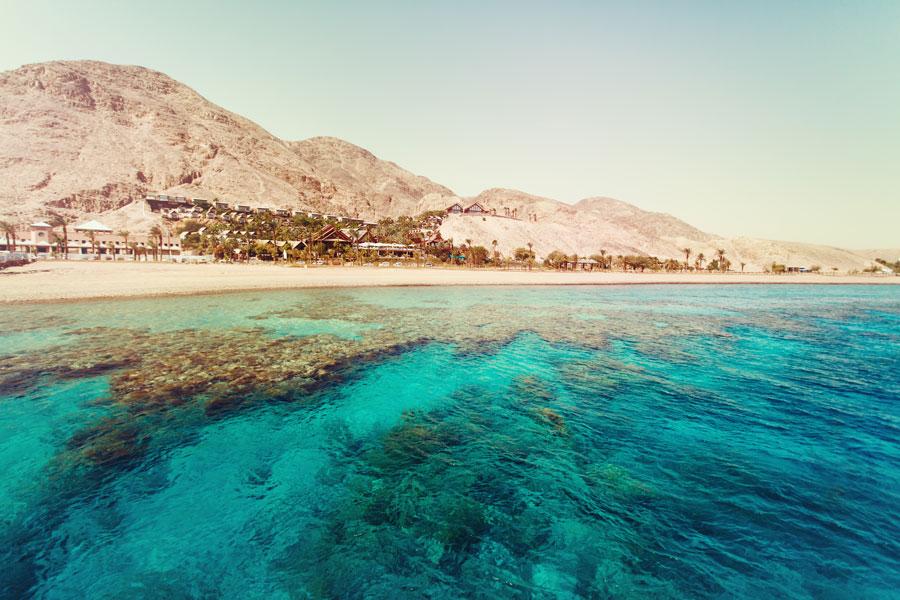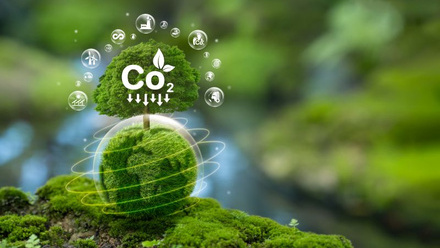Extracting lithium from seawater
A technique to extract high-purity lithium from seawater is being put forward by researchers at King Abdullah University of Science and Technology (KAUST), Saudi Arabia.

The team is deploying an electrochemical cell containing a ceramic membrane made from lithium lanthanum titanium oxide (LLTO), which contains holes just wide enough to let lithium ions pass through while blocking larger metal ions.
The cell contains three compartments. Seawater flows into a central feed chamber, where positive lithium ions pass through the LLTO membrane into a side compartment that contains a buffer solution and a copper cathode coated with platinum and ruthenium. Meanwhile, negative ions exit the feed chamber through a standard anion exchange membrane, passing into a third compartment containing a sodium chloride solution and a platinum-ruthenium anode. The lithium-enriched water then becomes the feedstock for further processing cycles. After the process is complete, the water is released back into the sea.
Zhiping Lai, Researcher at KAUST, claims that compared to conventional evaporation and precipitation, the membrane process will be much more energy-efficient, faster, and with a smaller footprint. ‘Our method can extract lithium from resources with extremely low lithium concentration and high magnesium/lithium ratio.
‘LLTO has been developed for more than 40 years. It is well-known in the battery research field as one of the excellent solid electrolytes because of its high lithium conductivity, but less known in the membrane research field…The high conductivity combining the high selectivity is the key property for the success of our process,’ Lai says. This method has been tested using Red Sea seawater and is said to have enriched lithium from 0.21ppm to ~9,000ppm.
‘The process consumed about 76.34kWh electricity per 1kg lithium extraction. At the same [time], 0.87kg H₂ and 31.12kg Cl₂ were produced as by-products. The value of these products can well offset the electricity cost,’ suggests Lai.
Adjusting the pH solution delivers solid lithium phosphate with mere traces of other metal ions. The team claims this is pure enough to meet manufacturers' requirements.
Lai explains that ‘the membrane industry has now accumulated enough knowledge and experience to scale up [such] a membrane process to large industrial scales. A notable example is the reverse osmosis process to produce fresh water from seawater.’
Moving forward, the team seeks to develop an efficient membrane preparation method to fabricate it at scale at a low cost. They will also test it in different lithium source conditions, studying the long-term stability and further optimise the structure and cell design to improve efficiency.
‘We also plan to explore the potential integration of renewable energy and seawater desalination to improve the process viability,’ Lai adds.
Regarding the environmental impact, Lai suggests that the process ‘is environmentally benign’ as it does not generate a concentrated brine, as in the case of seawater desalination, and no chemicals are added or produced. He believes as lithium is not an essential element in living systems, its removal will not affect the ocean’s ecosystem.
He continues, ‘Our [approach] will also help other processes to be environmentally friendly. Seawater desalination generates a large amount of concentration brine, which is typically discharged back to the sea because it is economically unfeasible to recover it.
‘Since the publication of our work, we have been contacted by many seawater desalination plants for collaboration because now they see they can extract lithium from the concentrated brine and generate more value, [which] may [make zero discharge more] affordable.’







